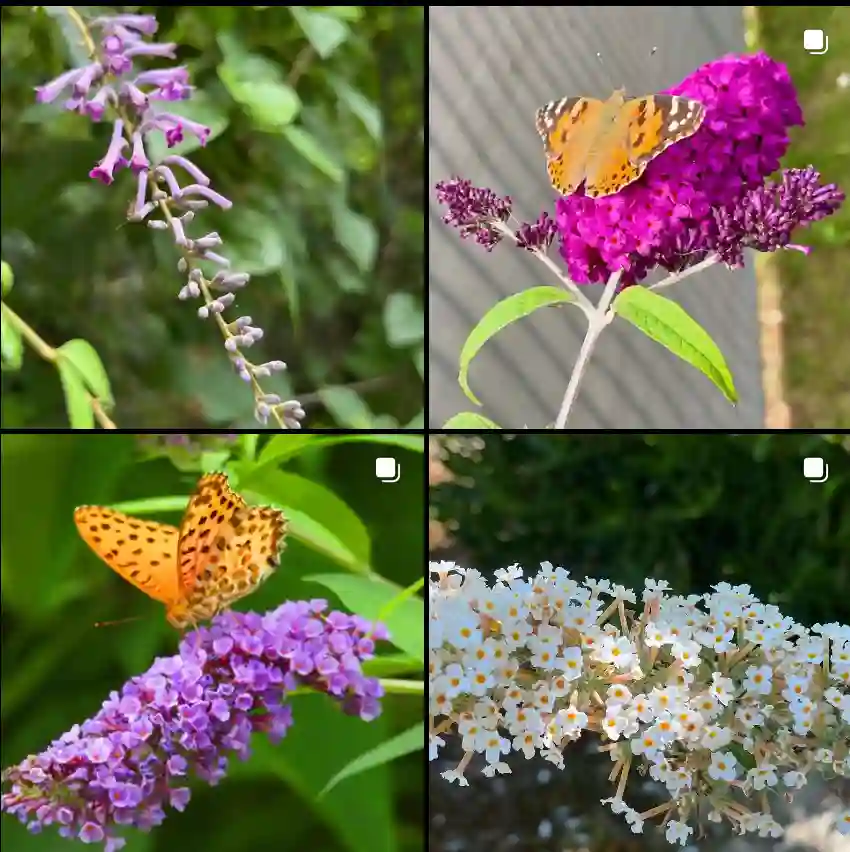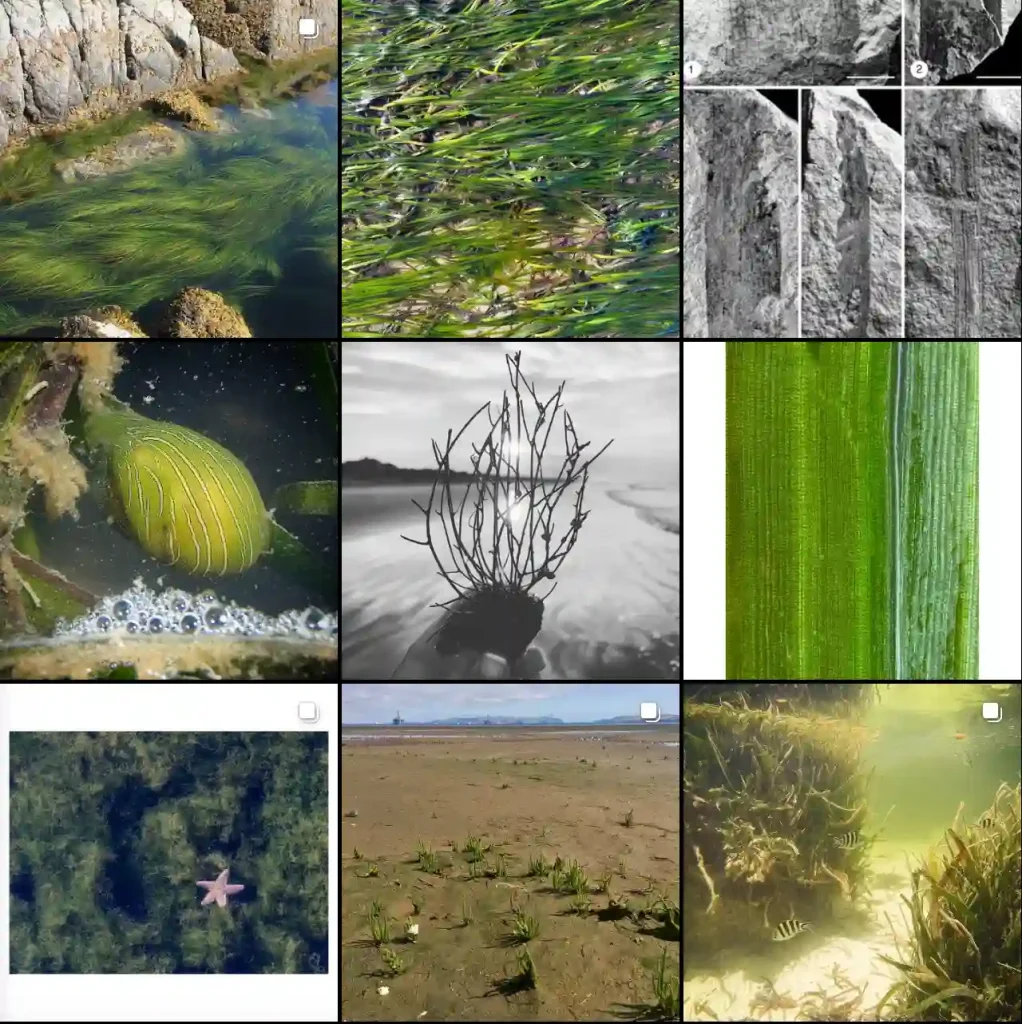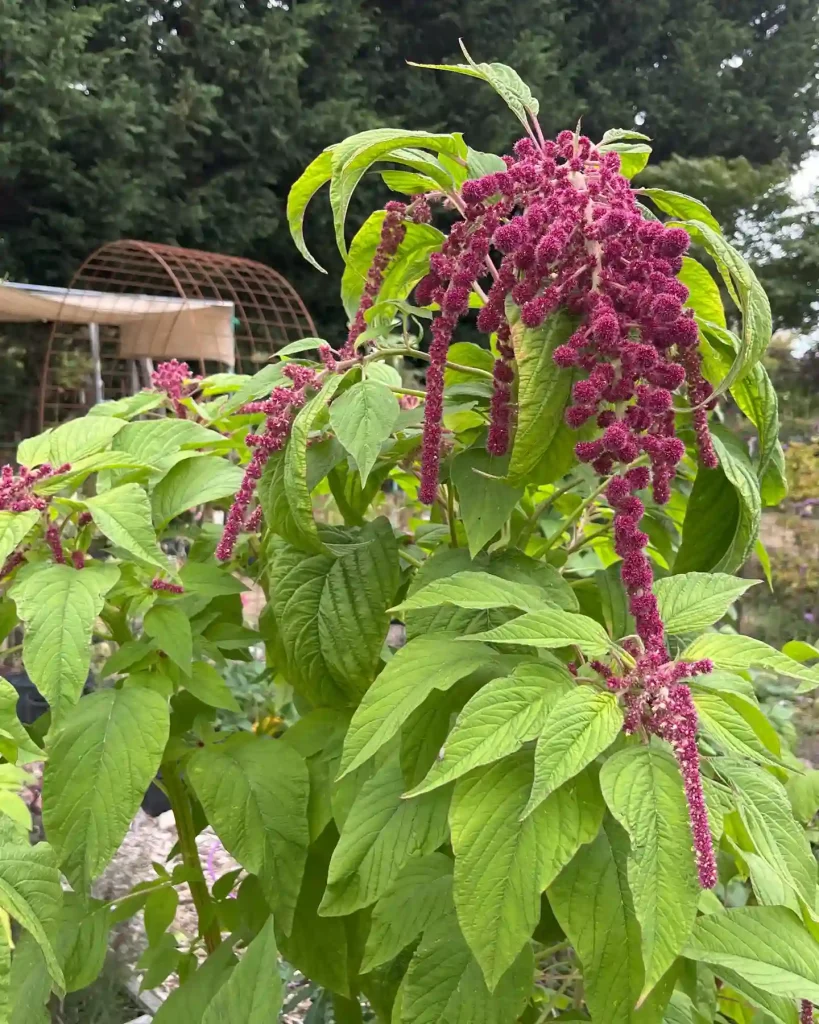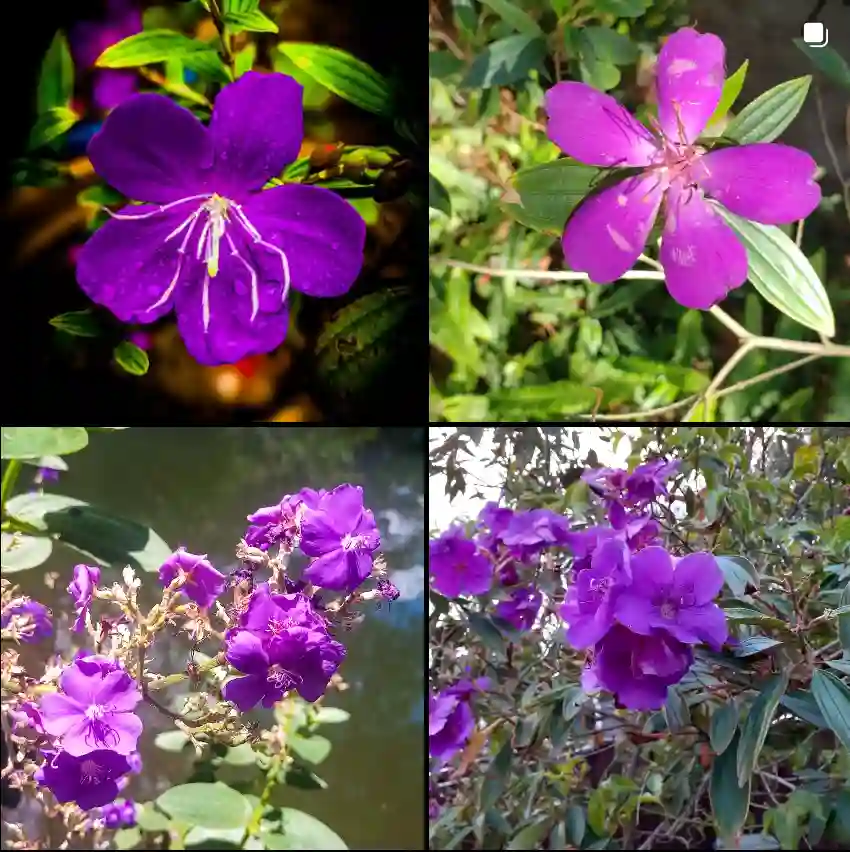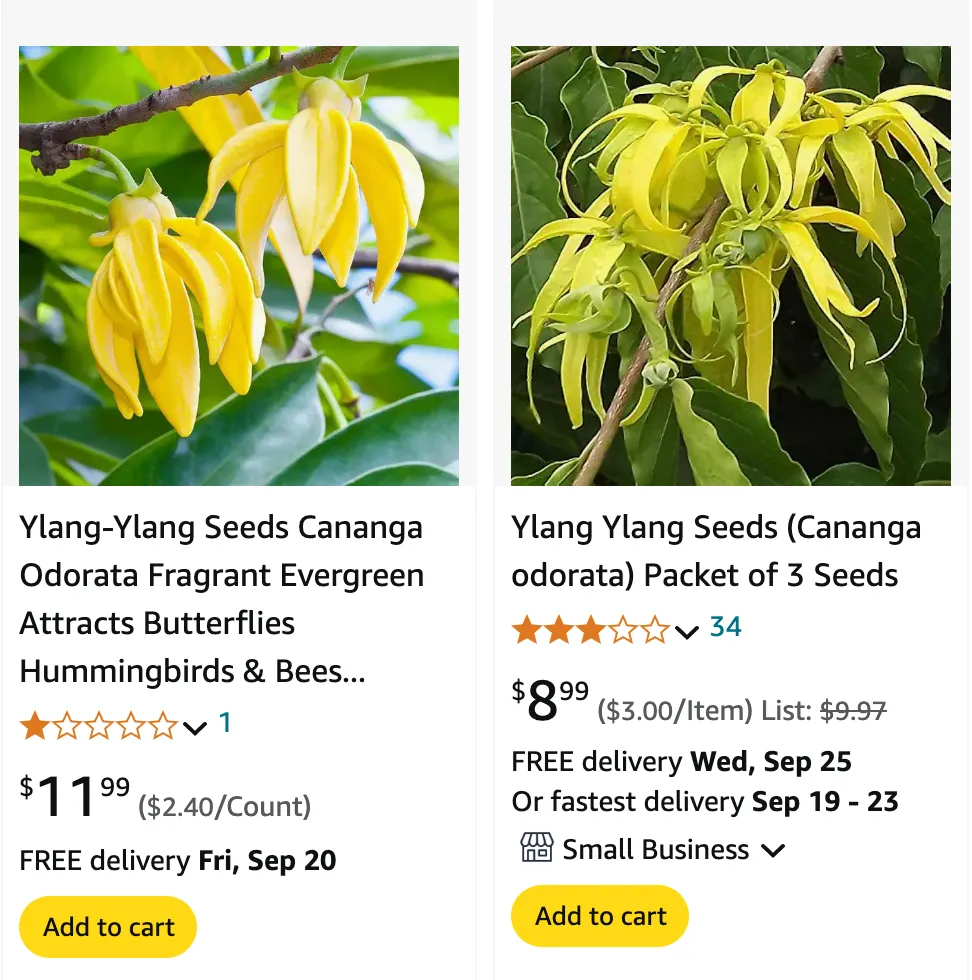
What is Cananga Odorata?
Cananga Odorata, often referred to as the Ylang-Ylang tree, is a tropical species native to Southeast Asia. The tree is famous for its sweet, fragrant flowers, which are yellow-green and hang in clusters. These flowers are known for producing essential oil used in perfumes, cosmetics, and aromatherapy. The tree can grow up to 40-60 feet in height and thrives in warm, humid climates.
2 Species in Genus Cananga
How Many Years Can Cananga Odorata Live?
A well-maintained Cananga Odorata can live for many decades. In the right tropical conditions, the tree can grow vigorously, and if left to mature, it can continue producing its fragrant flowers for over 50 years. However, environmental factors such as soil quality, water, and pruning can influence its lifespan.
What is Cananga Odorata Flower Oil?
Cananga Odorata flower oil, also called Ylang-Ylang oil, is extracted from the flowers of the tree. The oil is widely used for its strong floral scent in perfumes, essential oils, and skincare products. It’s believed to have calming properties, making it popular in aromatherapy for relaxation and stress relief. The oil also has antiseptic properties, which make it useful in skin applications to help reduce irritation and infections.
Is Cananga Odorata Flower Oil Good for Sensitive Skin?
Yes, Cananga Odorata flower oil is often used in skincare for its soothing and healing properties. However, while the oil is generally considered gentle, it’s essential for individuals with sensitive skin to do a patch test before applying it directly. The oil can help reduce redness and irritation, and its antiseptic properties are beneficial for acne-prone skin. However, those with sensitive skin should dilute it with a carrier oil, like jojoba or almond oil, to prevent any potential reactions.
Where Can I Buy Cananga Odorata in California?
Finding Cananga Odorata in California might require visiting specialized nurseries that stock tropical or exotic plants. Some nurseries and online plant shops that cater to rare plant collectors might offer the Cananga Odorata. You could also check with botanical gardens or online plant retailers. Additionally, some essential oil companies may sell small potted plants due to the tree’s connection to fragrance production.
Can You Grow Cananga Odorata Indoors?
Growing Cananga Odorata indoors can be challenging but not impossible. The tree naturally thrives outdoors in tropical climates. However, if you’re in a cooler climate, growing it indoors in a large pot with ample sunlight, warmth, and humidity might work. The plant needs space for its roots and may not flower as abundantly indoors due to limited light. If you have a greenhouse or a large sunroom with high humidity, your chances of success increase.
How to Care for Cananga Odorata?
Caring for Cananga Odorata requires mimicking its natural tropical environment. The tree loves sunlight, so place it in a spot where it can receive at least six hours of direct sun. It also needs high humidity, so misting the leaves or using a humidifier is beneficial, especially indoors. Regular watering is essential, but ensure the soil is well-draining to prevent root rot. Fertilize the plant monthly with a balanced fertilizer to promote growth and flowering.
How to Propagate Cananga Odorata?
Propagation of Cananga Odorata can be done through seeds or cuttings. Seeds can be planted directly into well-draining soil, but germination may take several weeks. For quicker results, you can propagate the tree using stem cuttings. Choose a healthy branch and cut a 6-8 inch section, then plant it in moist soil or water until it develops roots.
Cananga Odorata vs Fruticosa: How Do They Compare?
Cananga Odorata and Cananga Fruticosa are often confused due to their similar botanical names, but they are distinct species. Cananga Fruticosa is a dwarf variant of the Ylang-Ylang tree. While Cananga Odorata can grow tall, Fruticosa stays compact, making it suitable for smaller gardens or container planting. The fragrance from both trees is similar, though Odorata produces a more intense aroma due to its larger flowers. If you’re limited on space, Cananga Fruticosa might be a better option.
What are the Benefits of Cananga Odorata?
Cananga Odorata offers a range of benefits, especially when it comes to its essential oil. The oil has a calming effect, which makes it great for reducing anxiety and stress when used in aromatherapy. In skincare, it has anti-inflammatory and antiseptic properties, which can aid in treating skin irritations. Beyond this, the tree adds a striking beauty to tropical gardens with its long-hanging clusters of aromatic flowers.
Cananga Odorata Common Problems
Like many tropical plants, Cananga Odorata can suffer from common issues such as root rot, leaf yellowing, and fungal infections, particularly if the plant is overwatered or kept in poorly draining soil. Pests such as aphids and spider mites can also pose a threat, especially if the tree is grown indoors. Regular pruning and inspecting for pests can help keep the plant healthy.
Is Cananga Odorata Toxic to Pets?
Yes, Cananga Odorata is considered toxic to pets, especially cats and dogs. The essential oil derived from the plant can cause skin irritation and allergic reactions in some animals. If ingested, it can lead to symptoms such as vomiting, diarrhea, or lethargy. It’s best to keep pets away from the tree and its oil products to avoid any potential harm.
What Can You Plant With Cananga Odorata?
Since Cananga Odorata thrives in warm and humid conditions, it’s a good idea to plant it with other tropical or subtropical plants. Companion plants like plumeria, hibiscus, or banana trees create a lush, layered look in the garden while also thriving under similar conditions. If you’re looking to enhance the fragrant qualities of your garden, consider planting jasmine or gardenias nearby.
How Does Cananga Odorata Compare to Similar Fragrant Trees?
When compared to other fragrant trees, such as the Plumeria or Magnolia, Cananga Odorata stands out due to the potency of its scent. The Ylang-Ylang oil is much stronger and more complex than Plumeria’s sweet, soft fragrance or Magnolia’s clean floral aroma. However, all these trees can be grown together in a tropical garden for a stunning and fragrant display.
In conclusion, Cananga Odorata is a unique and valuable plant for anyone looking to add tropical beauty and fragrance to their garden or collection. Whether you’re growing it for its essential oil or simply for the visual appeal of its flowers, it’s a plant that will leave a lasting impression!
If i die, water my plants!
